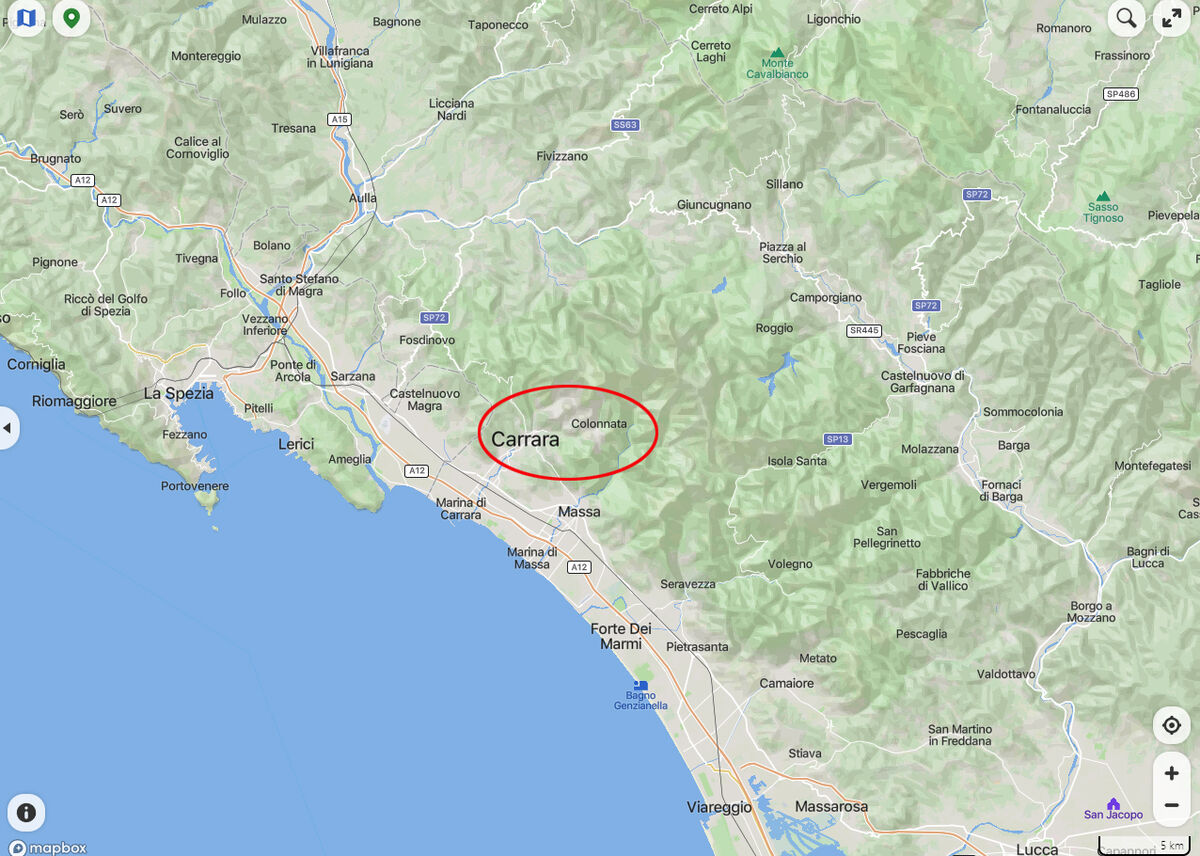Italy: Tuscany - Carrara, The Marble Capital of the World
Sep 26, 2023 15:07:58 #
As we approached the town of Carrara, we were not only impressed by the mountains with the numerous marble quarries carved on their faces, but also by the myriad of companies along the autostrada near the marina involved in the marble industry. All of these images were taken through the tour bus windows with a Nikon D7500 and Nikkor 18-300 f3.5-5.6 lens at f7.1, 1/800 sec, auto ISO.
Carrara (/kəˈrɑːrə/ kə-RAR-ə, Italian: [kaˈraːɾa]; Emilian: Carara, Emilian: [kaˈɾaːɾa]) is a city and comune in Tuscany, in central Italy, of the province of Massa and Carrara, and notable for the white or blue-grey marble quarried there. It is on the Carrione River, some 100 kilometres (62 mi) west-northwest of Florence. Its motto is Fortitudo mea in rota (Latin: "My strength is in the wheel").
Toponymy
The word Carrara likely comes from the pre-Roman (Celtic or Ligurian) element kar (stone), through Latin carrariae meaning 'quarries'.
History
There were known settlements in the area as early as the ninth century BC, when the Apuan Ligures lived in the region. The current town originated from the borough built to house workers in the marble quarries created by the Romans after their conquest of Liguria in the early second century BC. Carrara has been linked with the process of quarrying and carving marble since the Roman Age. Marble was exported from the nearby harbour of Luni at the mouth of the river Magra.
In the early Middle Ages it was a Byzantine and then Lombard possession, and then, it was under the Bishops of Luni who started to write the city's history when the Emperor Otto I gave it to them. It turned itself into a city-state in the early 13th century; during the struggle between Guelphs and Ghibellines, Carrara usually belonged to the latter party. The Bishops acquired it again in 1230, their rule ending in 1313, when the city was given in succession to the Republics of Pisa, Lucca and Florence. Later it was acquired by Gian Galeazzo Visconti of Milan.
After the death of Filippo Maria Visconti of Milan in 1447, Carrara was fought over by Tommaso Campofregoso, lord of Sarzana, and again the Malaspina family, who moved here the seat of their signoria in the second half of the 15th century. Carrara and Massa formed the Duchy of Massa and Carrara from the 15th to the 19th century. Under the last Malaspina, Maria Teresa, who had married Ercole III d'Este, it became part of the Duchy of Modena.
After the short Napoleonic rule of Elisa Bonaparte, it was given back to Modena. During the unification of Italy age, Carrara was the seat of a popular revolt led by Domenico Cucchiari, and was a center of Giuseppe Mazzini's revolutionary activity.
At the end of the 19th century Carrara became the cradle of anarchism in Italy, in particular among the quarry workers. The quarry workers, including the stone carvers, had radical beliefs that set them apart from others. Ideas from outside the city began to influence the Carrarese. Anarchism and general radicalism became part of the heritage of the stone carvers. According to a New York Times article of 1894 many violent revolutionists who had been expelled from Belgium and Switzerland went to Carrara in 1885 and founded the first anarchist group in Italy. Carrara has remained a continuous 'hotbed' of anarchism in Italy, with several organizations located openly in the city. The Anarchist marble workers were also the driving force behind organising labour in the quarries and in the carving sheds. They were also the main protagonists of the Lunigiana revolt in January 1894.
In 1929, the municipalities of Carrara, Massa and Montignoso were merged in a single municipality, called Apuania. In 1945 the previous situation was restored.
Carrara is the birthplace of the International Federation of Anarchists (IFA), formed in 1968.
As a titular Duke of Modena, the current holder of the title of "Prince of Carrara" would be Prince Lorenz of Belgium, Archduke of Austria-Este.
Economy
Carrara marble has been used since the time of Ancient Rome. The Pantheon and Trajan's Column in Rome are constructed of it, and many sculptures of the Renaissance were carved from it.
Culture
In addition to the marble quarries, the city has academies of sculpture and fine arts and a museum of statuary and antiquities, and a yearly marble technology fair. The local marble is exported around the world, and marble from elsewhere is also fashioned and sculpted commercially here.
Main sights
Cathedral (Duomo, 12th century).
Ducal Palace (also Palazzo Cybo Malaspina, 16th century), now the seat of the Fine Arts Academy. Built over pre-existing Lombard fortification, it dates to the reign of Guglielmo Malaspina, becoming in 1448 the permanent seat of the dynasty. It includes two distinct edifices: the Castello Malaspiniano, dating to the 13th century, and the Renaissance palace, begun by Alberico I in the late 16th century. Under the medieval loggia are exposed several ancient Roman findings.
Baroque church and convent of San Francesco, built in 1623–64 by order of Carlo I Cybo-Malaspina.
Church of the Suffragio, begun in 1686 under design of Innocenzo Bergamini, and refurbished in the 19th century. The façade has a large marble portal in Baroque style, sculpted by Carlo Finelli and surmounted by a bas-relief with the "Madonna and the Souls of the Purgatory".
Palazzo Cybo-Malaspina
Sanctuary of the Madonna delle Grazie alla Lugnola, consecrated in 1676 and designed by Alessandro Bergamini.
Church of Santa Maria Assunta, at Torano. It has a 16th-century façade with a portal from 1554. The interior is on a nave and two aisles.
https://en.wikipedia.org/wiki/Carrara
For more images of the Tuscan countryside between Florence and Carrara, please see my previous post:
https://www.uglyhedgehog.com/t-787003-1.html#14175832
https://www.uglyhedgehog.com/t-787105-1.html
I hope you enjoy these!
Mark
Carrara (/kəˈrɑːrə/ kə-RAR-ə, Italian: [kaˈraːɾa]; Emilian: Carara, Emilian: [kaˈɾaːɾa]) is a city and comune in Tuscany, in central Italy, of the province of Massa and Carrara, and notable for the white or blue-grey marble quarried there. It is on the Carrione River, some 100 kilometres (62 mi) west-northwest of Florence. Its motto is Fortitudo mea in rota (Latin: "My strength is in the wheel").
Toponymy
The word Carrara likely comes from the pre-Roman (Celtic or Ligurian) element kar (stone), through Latin carrariae meaning 'quarries'.
History
There were known settlements in the area as early as the ninth century BC, when the Apuan Ligures lived in the region. The current town originated from the borough built to house workers in the marble quarries created by the Romans after their conquest of Liguria in the early second century BC. Carrara has been linked with the process of quarrying and carving marble since the Roman Age. Marble was exported from the nearby harbour of Luni at the mouth of the river Magra.
In the early Middle Ages it was a Byzantine and then Lombard possession, and then, it was under the Bishops of Luni who started to write the city's history when the Emperor Otto I gave it to them. It turned itself into a city-state in the early 13th century; during the struggle between Guelphs and Ghibellines, Carrara usually belonged to the latter party. The Bishops acquired it again in 1230, their rule ending in 1313, when the city was given in succession to the Republics of Pisa, Lucca and Florence. Later it was acquired by Gian Galeazzo Visconti of Milan.
After the death of Filippo Maria Visconti of Milan in 1447, Carrara was fought over by Tommaso Campofregoso, lord of Sarzana, and again the Malaspina family, who moved here the seat of their signoria in the second half of the 15th century. Carrara and Massa formed the Duchy of Massa and Carrara from the 15th to the 19th century. Under the last Malaspina, Maria Teresa, who had married Ercole III d'Este, it became part of the Duchy of Modena.
After the short Napoleonic rule of Elisa Bonaparte, it was given back to Modena. During the unification of Italy age, Carrara was the seat of a popular revolt led by Domenico Cucchiari, and was a center of Giuseppe Mazzini's revolutionary activity.
At the end of the 19th century Carrara became the cradle of anarchism in Italy, in particular among the quarry workers. The quarry workers, including the stone carvers, had radical beliefs that set them apart from others. Ideas from outside the city began to influence the Carrarese. Anarchism and general radicalism became part of the heritage of the stone carvers. According to a New York Times article of 1894 many violent revolutionists who had been expelled from Belgium and Switzerland went to Carrara in 1885 and founded the first anarchist group in Italy. Carrara has remained a continuous 'hotbed' of anarchism in Italy, with several organizations located openly in the city. The Anarchist marble workers were also the driving force behind organising labour in the quarries and in the carving sheds. They were also the main protagonists of the Lunigiana revolt in January 1894.
In 1929, the municipalities of Carrara, Massa and Montignoso were merged in a single municipality, called Apuania. In 1945 the previous situation was restored.
Carrara is the birthplace of the International Federation of Anarchists (IFA), formed in 1968.
As a titular Duke of Modena, the current holder of the title of "Prince of Carrara" would be Prince Lorenz of Belgium, Archduke of Austria-Este.
Economy
Carrara marble has been used since the time of Ancient Rome. The Pantheon and Trajan's Column in Rome are constructed of it, and many sculptures of the Renaissance were carved from it.
Culture
In addition to the marble quarries, the city has academies of sculpture and fine arts and a museum of statuary and antiquities, and a yearly marble technology fair. The local marble is exported around the world, and marble from elsewhere is also fashioned and sculpted commercially here.
Main sights
Cathedral (Duomo, 12th century).
Ducal Palace (also Palazzo Cybo Malaspina, 16th century), now the seat of the Fine Arts Academy. Built over pre-existing Lombard fortification, it dates to the reign of Guglielmo Malaspina, becoming in 1448 the permanent seat of the dynasty. It includes two distinct edifices: the Castello Malaspiniano, dating to the 13th century, and the Renaissance palace, begun by Alberico I in the late 16th century. Under the medieval loggia are exposed several ancient Roman findings.
Baroque church and convent of San Francesco, built in 1623–64 by order of Carlo I Cybo-Malaspina.
Church of the Suffragio, begun in 1686 under design of Innocenzo Bergamini, and refurbished in the 19th century. The façade has a large marble portal in Baroque style, sculpted by Carlo Finelli and surmounted by a bas-relief with the "Madonna and the Souls of the Purgatory".
Palazzo Cybo-Malaspina
Sanctuary of the Madonna delle Grazie alla Lugnola, consecrated in 1676 and designed by Alessandro Bergamini.
Church of Santa Maria Assunta, at Torano. It has a 16th-century façade with a portal from 1554. The interior is on a nave and two aisles.
https://en.wikipedia.org/wiki/Carrara
For more images of the Tuscan countryside between Florence and Carrara, please see my previous post:
https://www.uglyhedgehog.com/t-787003-1.html#14175832
https://www.uglyhedgehog.com/t-787105-1.html
I hope you enjoy these!
Mark

(Download)
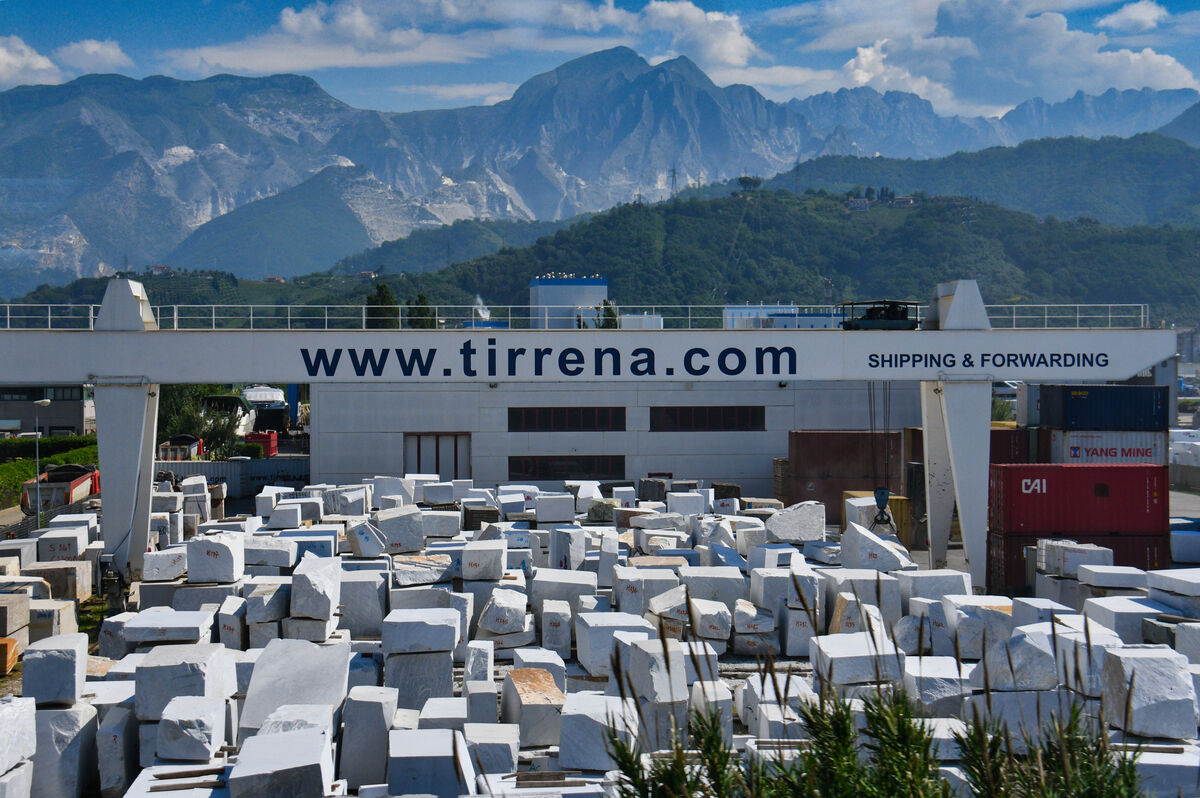
(Download)
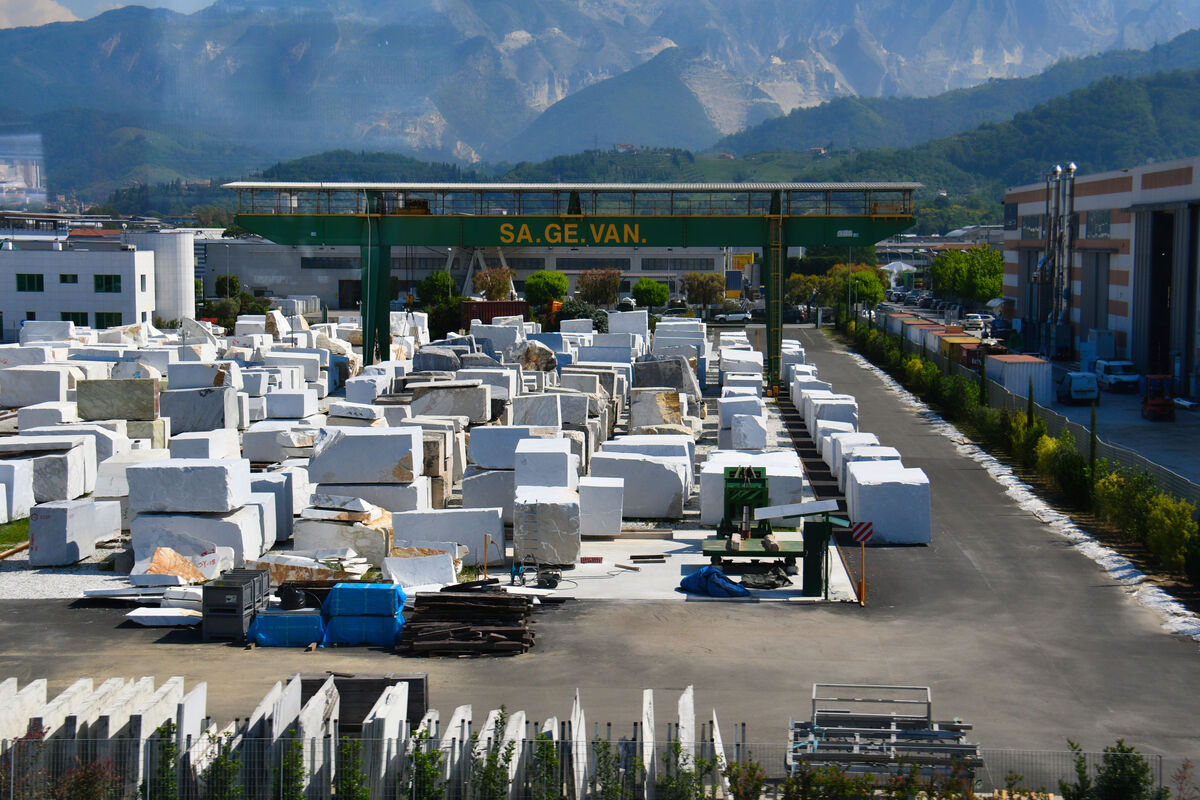
(Download)
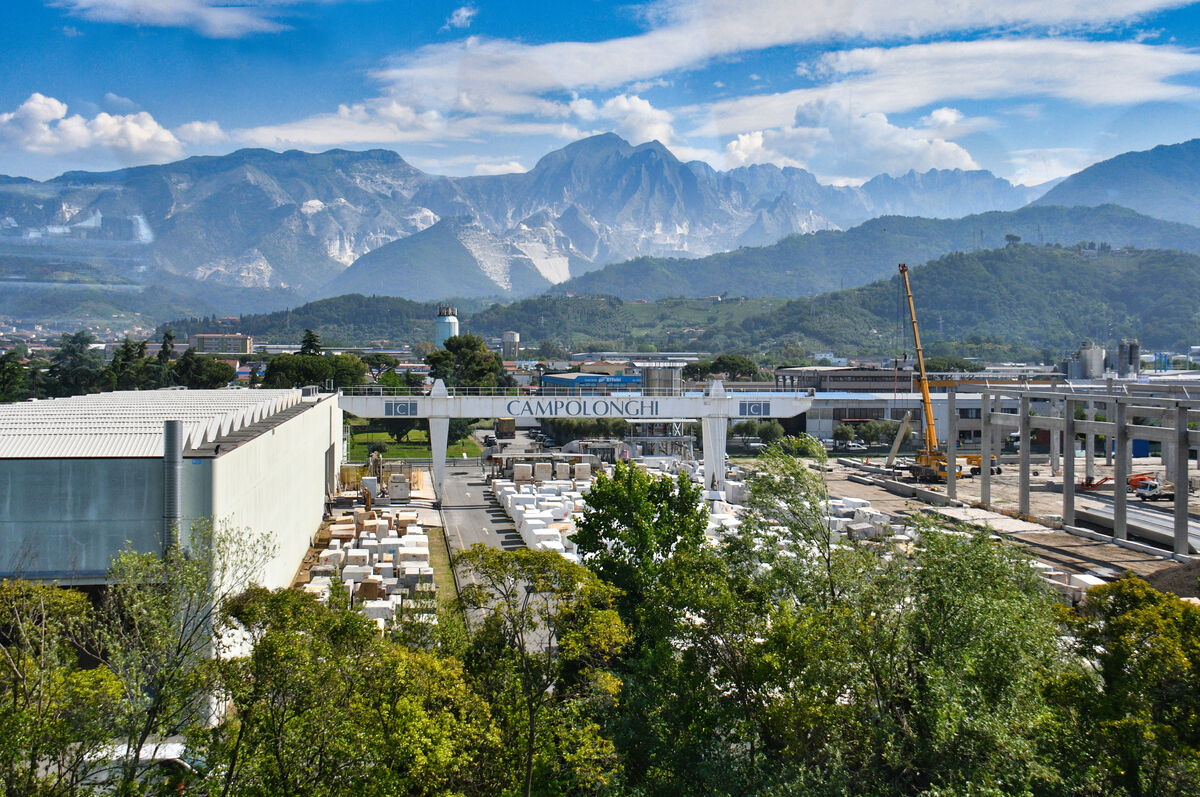
(Download)
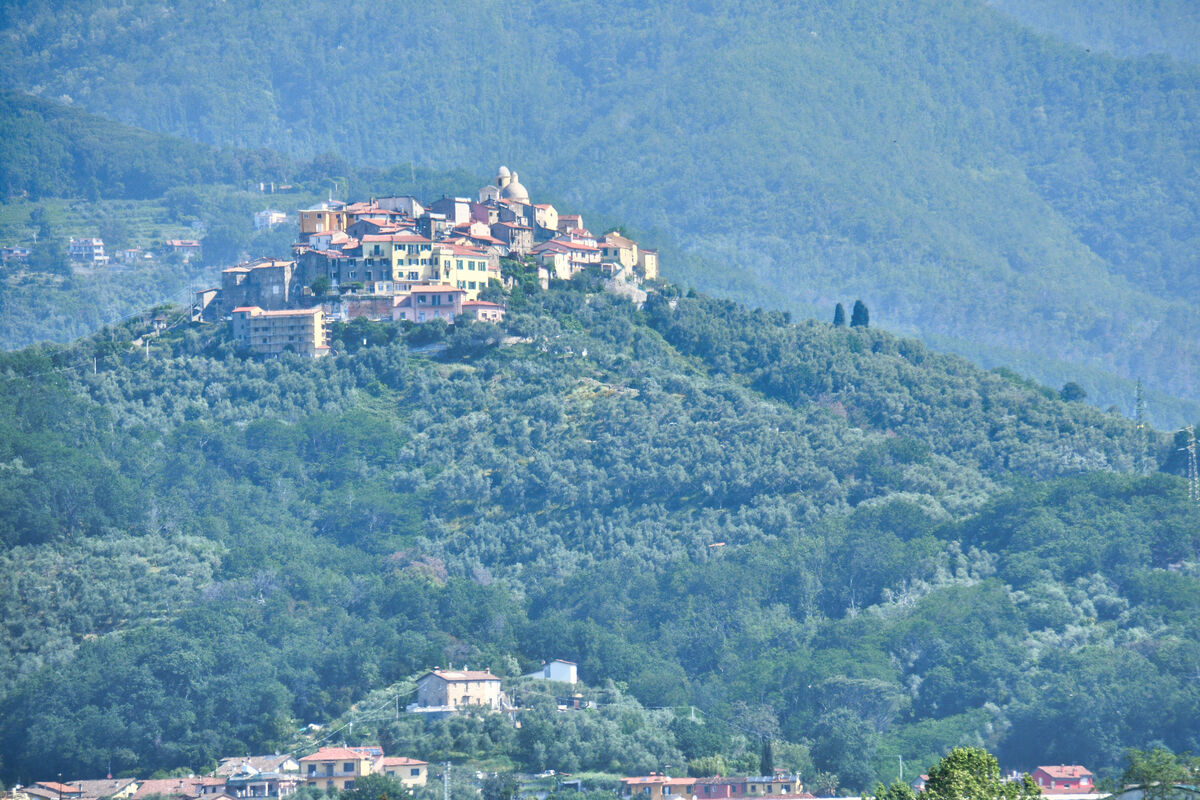
(Download)
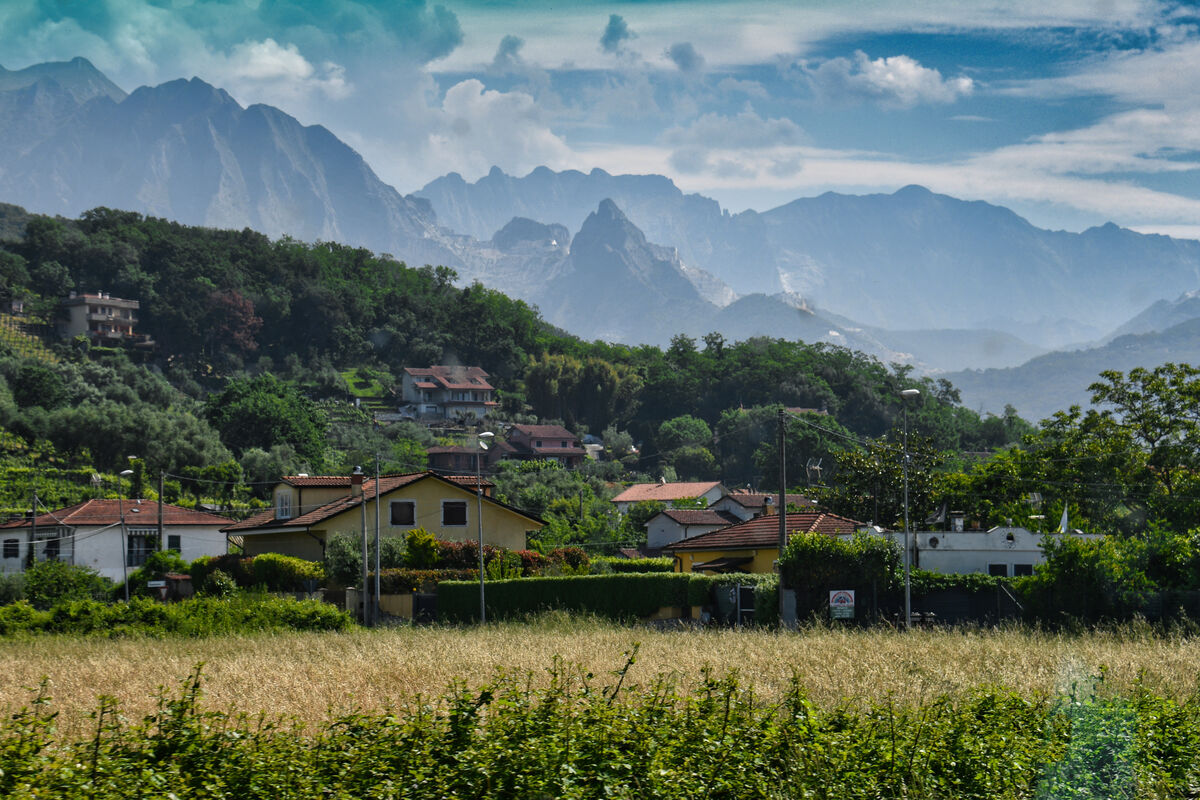
(Download)

(Download)
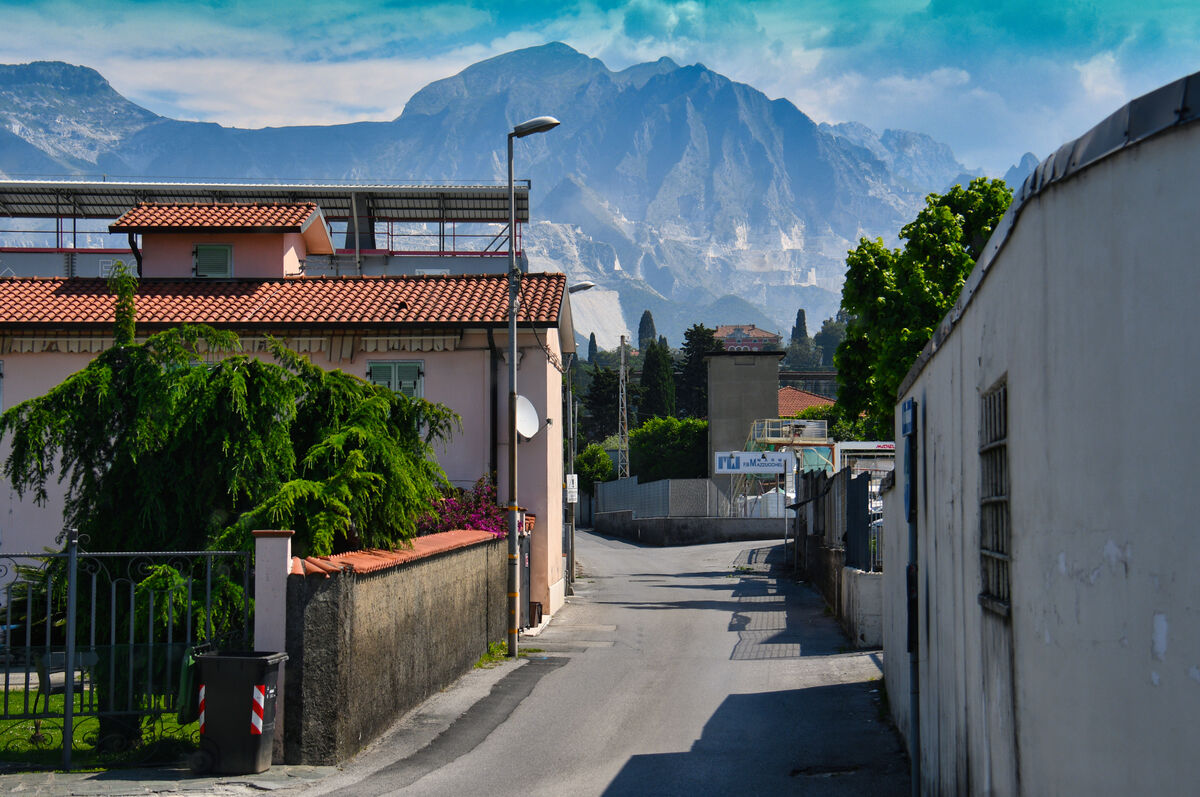
(Download)
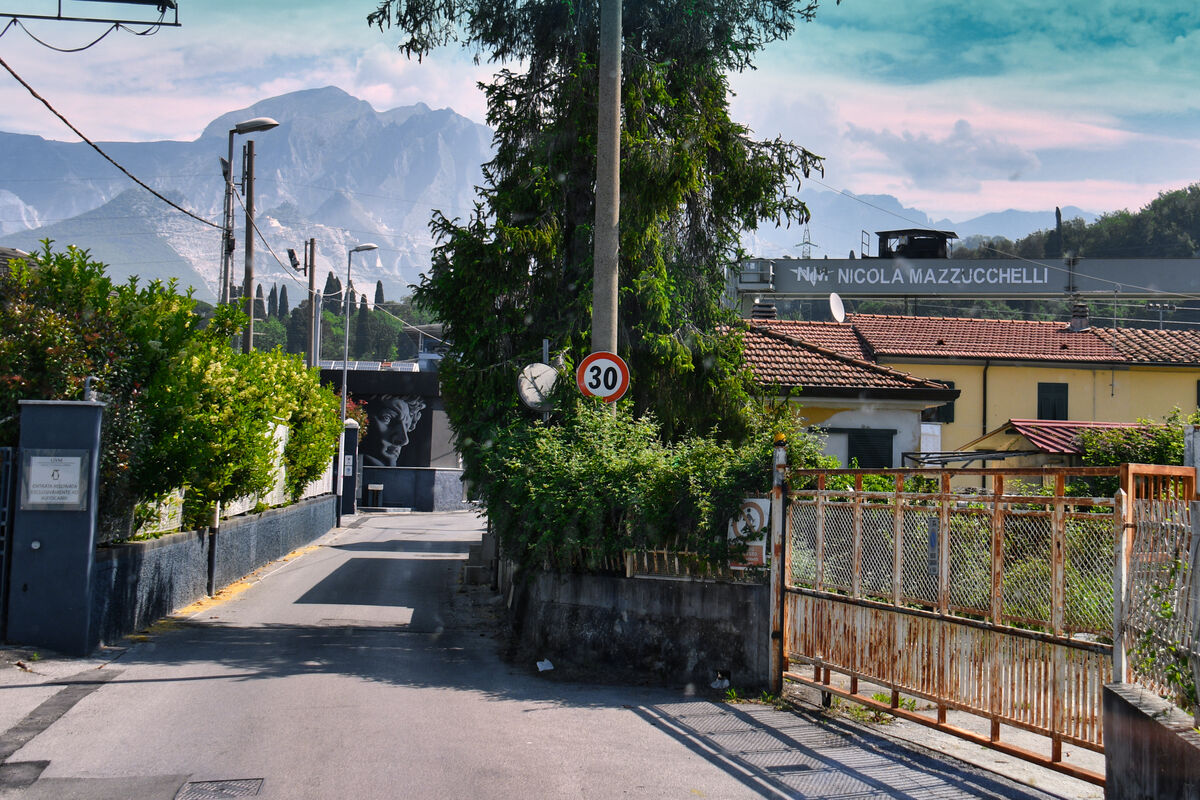
(Download)
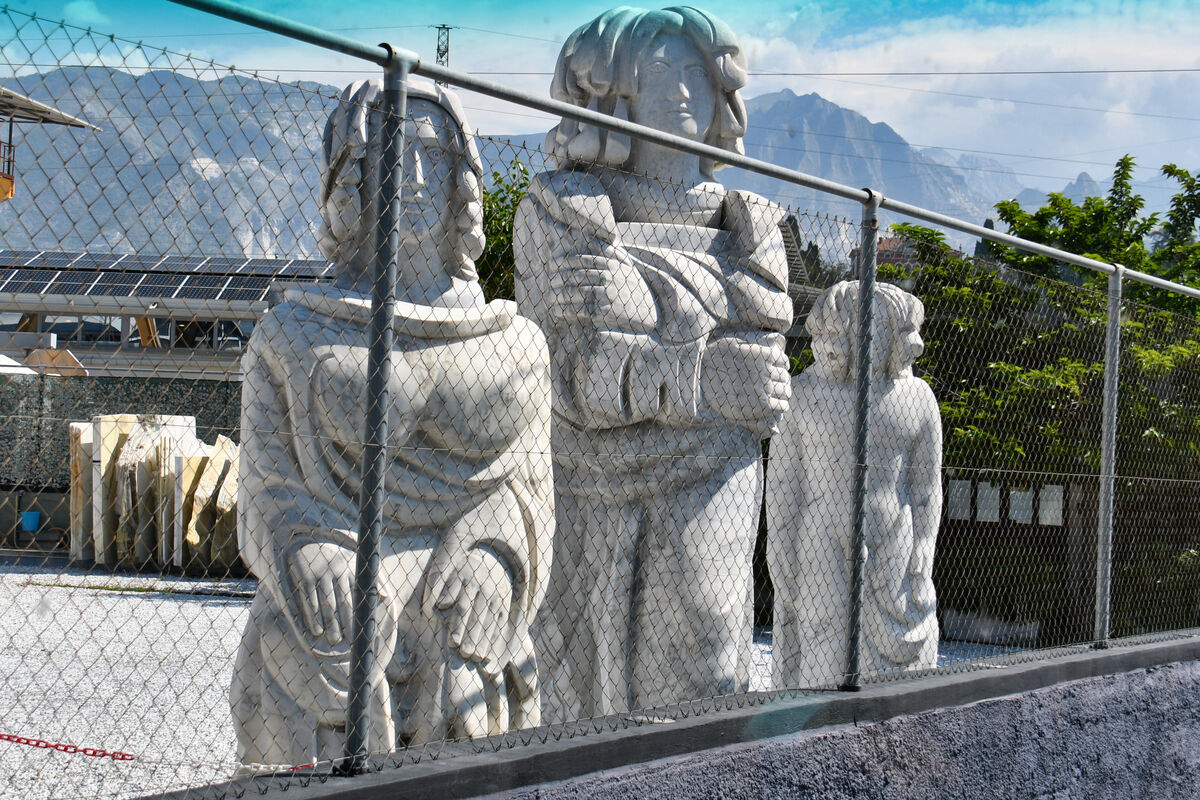
(Download)
Sep 26, 2023 15:08:44 #
Sep 26, 2023 15:21:08 #
Sep 26, 2023 15:25:05 #
srfmhg wrote:
As we approached the town of Carrara, we were not ... (show quote)
Mind-blowingly spectacular shots and scenery
🌄🌄🌄🌄🌄
Sep 26, 2023 15:29:50 #
Sep 26, 2023 15:57:12 #
Sep 26, 2023 16:33:35 #
srfmhg wrote:
As we approached the town of Carrara, we were not ... (show quote)
Interesting set and info Mark.



Sep 26, 2023 17:53:31 #
Sep 26, 2023 18:31:23 #
Sep 26, 2023 18:31:48 #
joecichjr wrote:
Mind-blowingly spectacular shots and scenery
🌄🌄🌄🌄🌄
🌄🌄🌄🌄🌄
Thanks so much Joe.
Sep 26, 2023 18:32:22 #
Sep 26, 2023 18:32:51 #
Sep 26, 2023 18:33:48 #
kmpankopf wrote:
Very cool set, thanks for posting!
You're most welcome KM. Thank you for looking and for your kind comments.
Sep 26, 2023 18:36:07 #
UTMike wrote:
Beautiful set, Mark! But?
Thanks so much Mike. She returns for the tour of the quarries after the next few posts. Hard to get good shots of her on the bus.
Sep 27, 2023 00:26:39 #
srfmhg wrote:
As we approached the town of Carrara, we were not ... (show quote)
Another good set Mark; looking forward to the quarry photos.
If you want to reply, then register here. Registration is free and your account is created instantly, so you can post right away.

